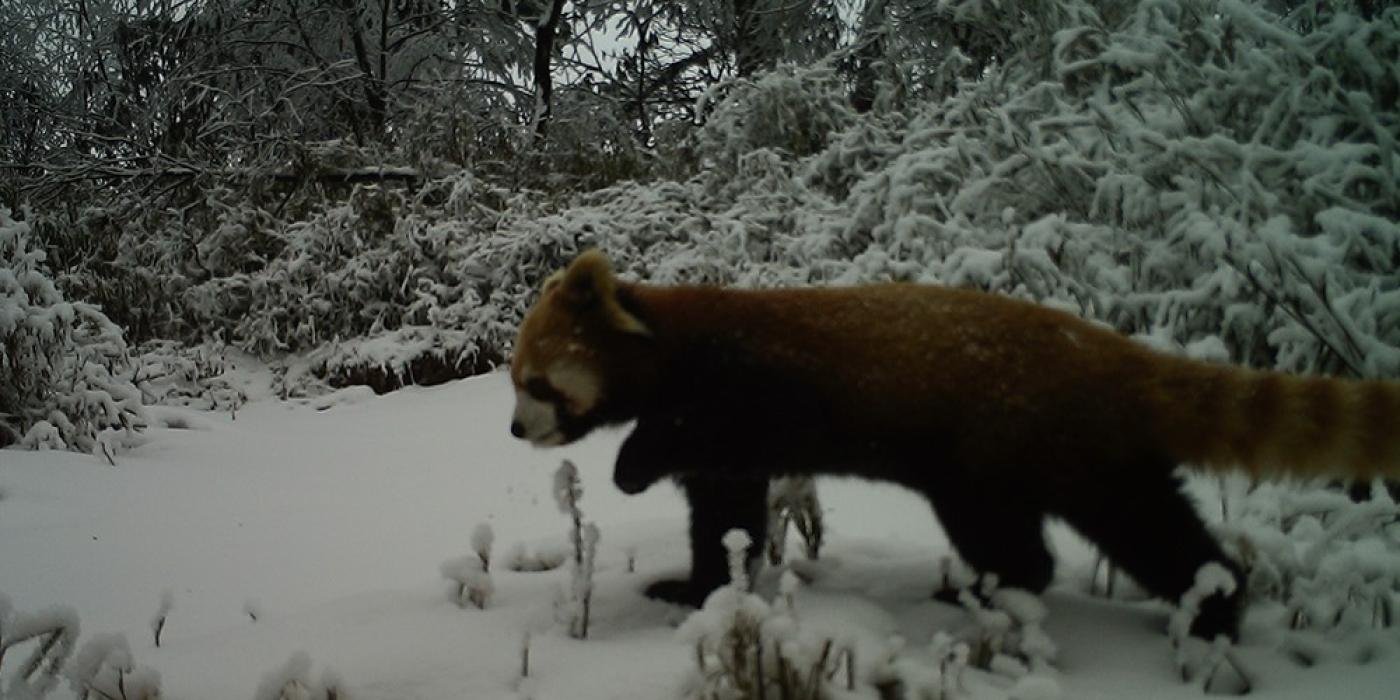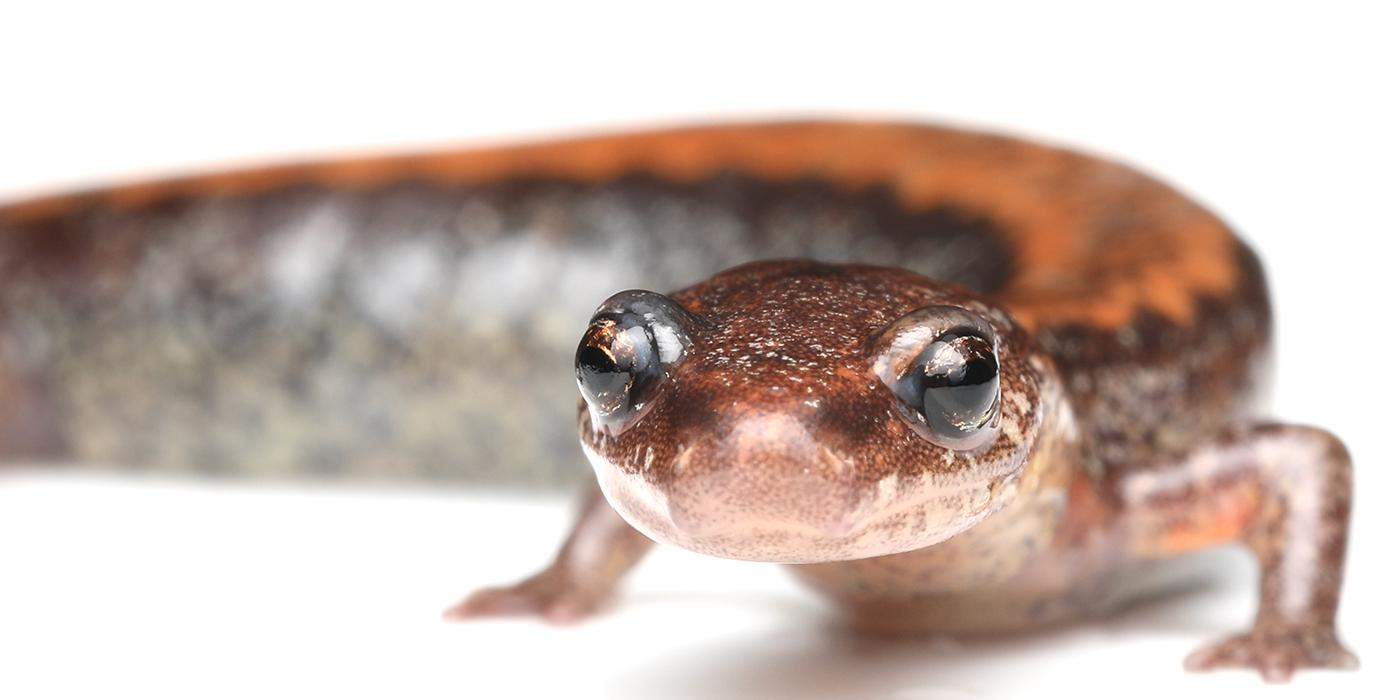Peter Leimgruber Named Director of Conservation and Science at the Smithsonian’s National Zoo and Conservation Biology Institute

Peter Leimgruber has been named the director of conservation and science at the Smithsonian's National Zoo and Conservation Biology Institute.
Peter Leimgruber has been named the director of conservation and science at the Smithsonian’s National Zoo and Conservation Biology Institute (NZCBI). In this new role, he is responsible for planning, directing and managing NZCBI’s conservation, science and formal academic programs, which include leading the management of the conservation research departments, specialized laboratories, field stations and other similar programs and partnerships.
“Peter’s research and leadership on the national and international level has led to numerous scientific advancements in the field of conservation,” said Brandie Smith, John and Adrienne Mars Director, NZCBI. “Peter will not only shape the innovative work happening at the Smithsonian but will lay the groundwork for the next generation of conservationists. His commitment to preserving global biodiversity, solving climate challenges and educating the public is paramount as the Smithsonian works to save rapidly disappearing species and habitats.”
At NZCBI, more than 100 scientists, postdoctoral fellows and university students work on collaborative research initiatives ranging from breeding and reintroducing endangered black-footed ferrets—once thought extinct in the wild—to groundbreaking coral cryopreservation technology helping to save the world’s oceans.
“The conservation research conducted by NZCBI scientists is critical to the future of our planet,” Leimgruber said. “I have seen firsthand how well they work alongside partners and communities around the world. Our staff are experts at translating innovative science into conservation action on the ground. Already, their efforts to save species and ecosystems and better understand the intersection of wildlife and human health has had a positive and lasting impact. I am honored to lead this team and look forward to exploring new avenues to protect biodiversity.”
Leimgruber has an undergraduate degree in biology from Christian Albrechts University of Kiel, Germany, and a doctoral degree in zoology from the University of Oklahoma. In 1990, Leimgruber began his career at NZCBI as an intern, eventually advancing to become a postdoctoral fellow and staff scientist. From 2015 to 2024, Leimgruber served as the head of NZCBI’s Conservation Ecology Center that innovates tools and models to conserve species, landscapes and ecosystems in 38 countries across the globe.
Leimgruber has more than 25 years of experience in developing and managing international conservation programs and partnerships, including projects in Myanmar, Sri Lanka, Mongolia, China, Thailand, Malaysia and Brazil. His research has resulted in more than 130 peer-reviewed publications addressing critical species and ecosystem conservation issues globally. Leimgruber was an early leader in the adoption of geospatial analysis and satellite remote sensing for conservation, and he established the NZCBI Conservation GIS Laboratory. He also co-led the development of the Smithsonian’s Movement of Life Initiative, which advances conservation through the science of animal tracking.
In addition to his scientific contributions to conservation, Leimgruber is a proponent of training the up-and-coming conservation professionals. He helped spearhead internationally renowned training programs in applying spatial technologies for the conservation of endangered species and ecosystems worldwide. Leimgruber has mentored more than 100 interns, students and postdoctoral fellows throughout his career.
# # #
Photo caption: Peter Leimgruber has been named director of conservation and science at the Smithsonian’s National Zoo and Conservation Biology Institute. Photo credit: Smithsonian’s National Zoo and Conservation Biology Institute




